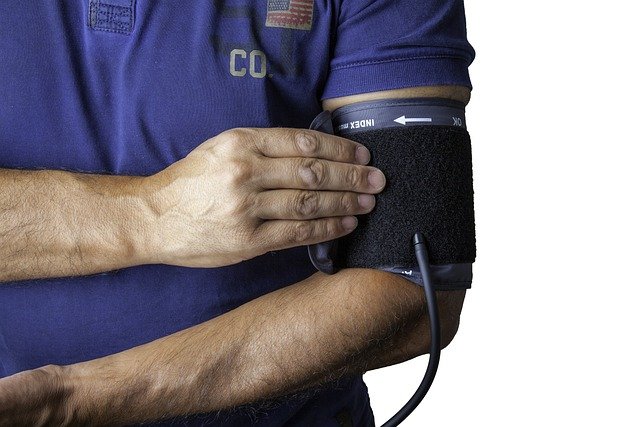Styling and performance workshops to refine stage presence
Workshops that focus on styling and performance help dancers move with intention and clarity on stage. By combining movement, rhythm, and choreographic tools with practical technique and improvisation exercises, these sessions support artists in developing confident, audience-focused presentations.

Developing a compelling stage presence requires more than memorizing steps; it involves alignment of movement intent, expressive choices, and an awareness of how energy reads in a performance space. Workshops that concentrate on styling and performance bridge technical training and artistic delivery, giving dancers focused time to refine musicality, projection, and interaction with partners or ensemble members. This article outlines key areas such workshops address and offers practical guidance for dancers and teachers aiming to elevate live presentation.
Movement and body awareness
Movement is the foundation of any performance: how weight shifts, how the torso and limbs articulate, and how breath supports phrase endings all influence clarity. Workshops emphasize kinesthetic awareness through exercises that isolate core engagement, joint articulation, and transitions between shapes. Teachers often use imagery and targeted drills to help participants feel subtle shifts that alter the visual line of a phrase. Consistent attention to movement quality helps performers adapt choreography across different stage sizes and lighting conditions, making choices that read well to distant viewers.
How rhythm and musicality shape delivery
Rhythm and musicality inform phrasing, accents, and timing choices that make a sequence meaningful rather than merely correct. Sessions focused on these elements encourage dancers to internalize pulse, subdivide beats, and experiment with syncopation so movement aligns with musical intent. Exercises may include clapping or vocalizing patterns, working with metronomes, and rearranging choreographic counts to explore alternative emphases. Strengthening musical responsiveness helps performers connect emotionally to music and ensures timing choices enhance overall storytelling.
Choreography: structuring stage moments
Choreography workshops look beyond steps to consider structure: entrances and exits, focal points, spatial patterns, and cue clarity. Stylists and choreographers guide participants in shaping phrases so each moment has purpose, using dynamics and levels to create contrast across a set. Attention to stage geography ensures movement paths form readable shapes from audience viewpoints. Refining cues and composite transitions reduces ambiguity in ensemble work and supports stronger solo moments within group pieces.
Technique in ballet, salsa, and hiphop contexts
Technique underpins stylistic clarity across forms such as ballet, salsa, and hiphop: posture and turnout inform classical lines, weight transfer and timing define salsa partnering, and isolation and groove anchor hiphop. Workshops often present cross-training ideas that borrow useful elements from different genres to expand an artist’s toolbox. For example, ballet alignment can improve balance in contemporary phrases, while salsa’s emphasis on lead-follow dynamics benefits partnering work in theatrical contexts. Maintaining technical integrity allows stylistic flourishes to be safe and repeatable on stage.
Improvisation, partnering, and floorwork
Improvisation exercises cultivate responsiveness and risk-taking, encouraging performers to generate authentic choices when live conditions differ from rehearsals. Partnering drills focus on communication, clear lead-follow connections, and shared weight strategies that protect both bodies while enabling expressive lifts and passages. Floorwork practice highlights smooth transitions between grounded and upright movement, with emphasis on safe rolling, momentum management, and theatrical entrances that preserve visual intent. These elements together increase adaptability and strengthen ensemble cohesion.
Performance styling and final presentation
Styling covers details that shape audience perception: eye lines, facial engagement, hand and arm vocabulary, costume-informed movement choices, and micro-adjustments for camera or front-row sightlines. Workshops teach how to map expressive intent to small, repeatable actions so performers sustain character and energy across multiple repeats. Attention to staging technicalities — such as spacing for sightlines, mark placement, and cues for lighting changes — helps dancers present consistent, polished performances that communicate clearly to diverse audiences.
Conclusion Styling and performance workshops act as a bridge between technical training and effective presentation. By integrating movement awareness, rhythm and musicality, choreographic structure, cross-genre technique, improvisation and partnering skills, and detailed styling choices, these sessions help artists refine how they communicate on stage. Regular practice in these focused areas enhances both individual confidence and ensemble cohesion, yielding performances that are clear, engaging, and responsive to live contexts.






